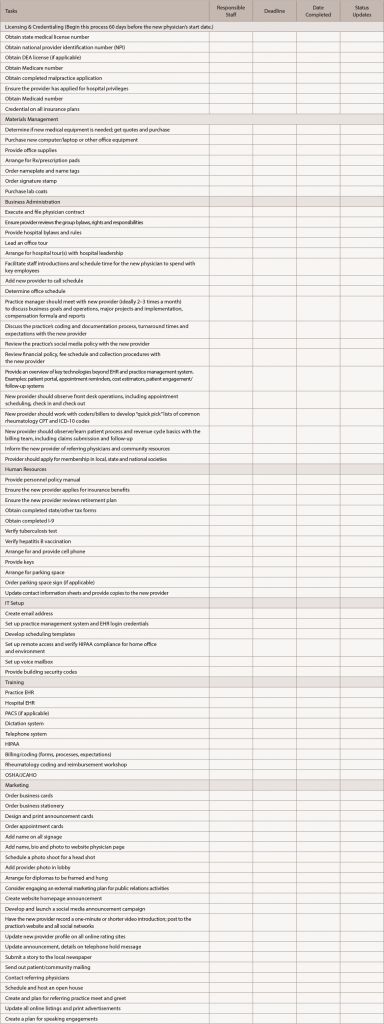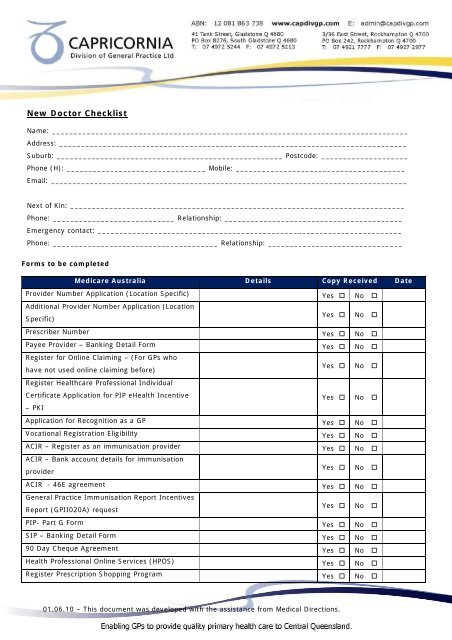


Arriving early also gives you a buffer in case you get lost or have trouble finding a parking spot.ĭr. You can also make sure the office has received previous test results and has your insurance information. That way, you have time to complete important paperwork. Saldaña recommends arriving 15-20 minutes early. We want the patient and their family to feel supported and to have the information that they need.”Īrrive early: The average time of a first cardiology appointment is 40 minutes. “We’re not just taking care of one individual-we’re really taking into consideration the family, the patient’s support system. They can be an extra pair of ears, listen, take notes and remind you about a certain symptom or episode,” Dr. Saldaña recommends you avoid using lotions just before your appointment.īring a friend or family member: “Having someone with you is very helpful. One common in-office heart test, an electrocardiogram (EKG), involves sticking sensors to your skin. The health care team may ask you to wear a gown. You may have to remove your shirt, take off your socks and shoes, or change into a gown. He suggests several things you can do to make the first appointment less stressful and more productive:ĭress appropriately: Wear loose, comfortable clothing. “But any time something is going on with the heart, there seems to be an added anxiety or worry about how serious the issue might be.” “A visit to any health care provider can be stressful,” says Dr. Saldaña treats heart patients at Brigham and Women’s Hospital and Brigham and Women’s Faulkner Hospital.

And then I focus on getting the health information I need to help them with whatever problem brought them in to see me,” says Fidencio Saldaña, MD, MPH, a Mass General Brigham cardiologist. “My goals for the first appointment are to get to know my patient as a person-who they are, what is important to them, their concerns and worries. It’s important to talk to a specialist who can address your concerns and recommend next steps. Maybe your family has a history of heart problems and you want to better understand your personal risk. Perhaps you have symptoms of a cardiac issue, such as occasional chest pain or shortness of breath. Maybe your primary care physician (PCP) has referred you to a heart doctor. There are many reasons you may need to see a cardiologist. What happens when you get referred to a cardiologist? How can you prepare for the appointment? Will you have any tests that day? What can you expect? For additional information, call medical correspondence at 50.If you’ve been told to see a cardiologist, you probably have a lot of questions and concerns. Medical records and x-rays: If you are being referred to an OHSU specialist from a non-OHSU clinic or doctor, please arrange for them to send your medical records and appropriate x-rays to us.Medications list: Please bring a list of your current prescriptions, over-the-counter drugs, vitamins or supplements, as well as a list of known drug allergies.We accept cash, personal checks, VISA debit cards, American Express, Discover, Mastercard and VISA. Co-payment or prepayment: If your health plan has a co-payment or you have a pre-payment requirement, please bring your payment with you.We will verify your coverage, so we can process your bill correctly. Insurance/Medicaid/Medicare card: Please bring your insurance, Medicaid or Medicare card with you to your appointments.Although we will make most of the preparations for your appointment, there are a few things you must do:


 0 kommentar(er)
0 kommentar(er)
